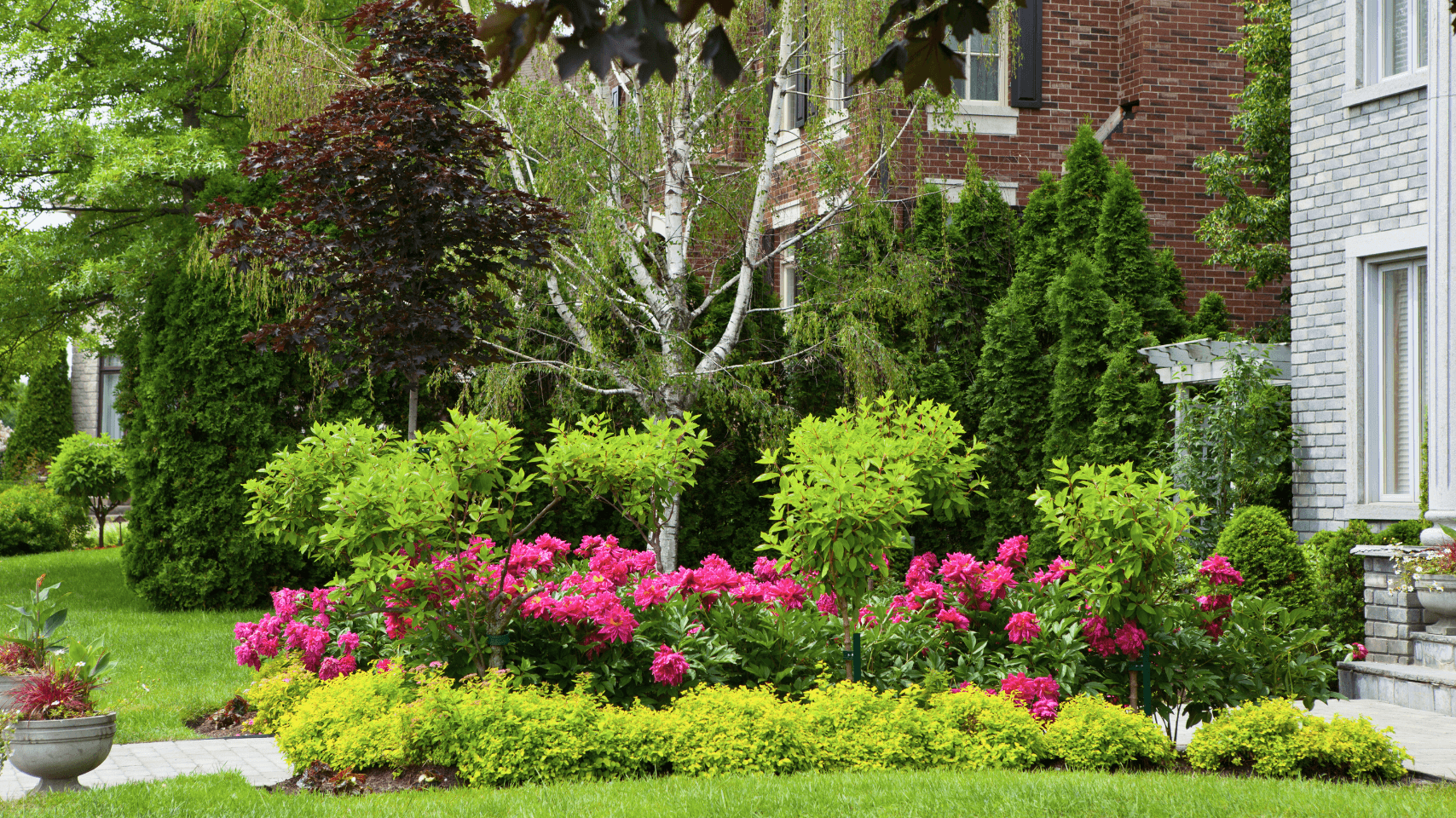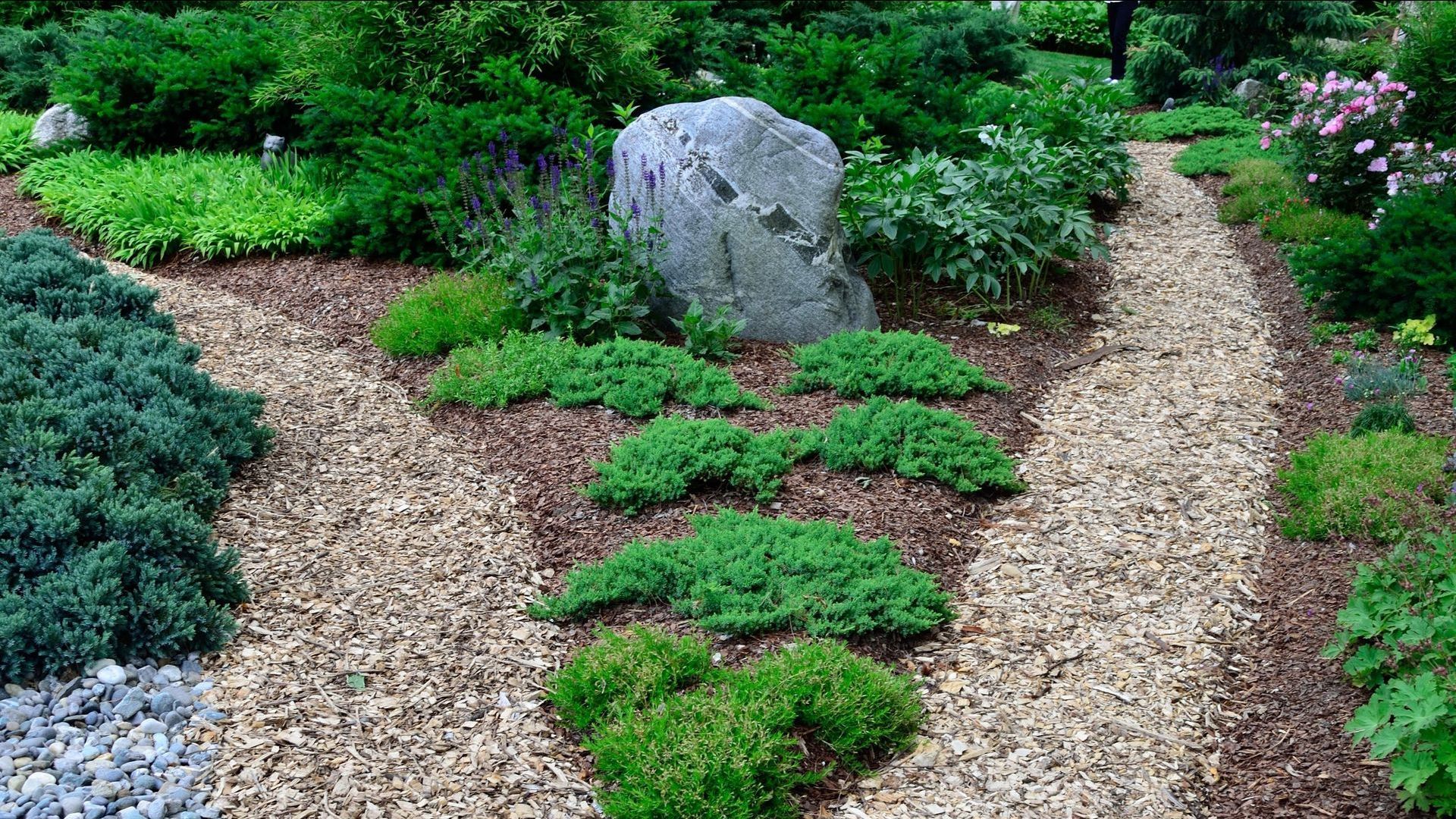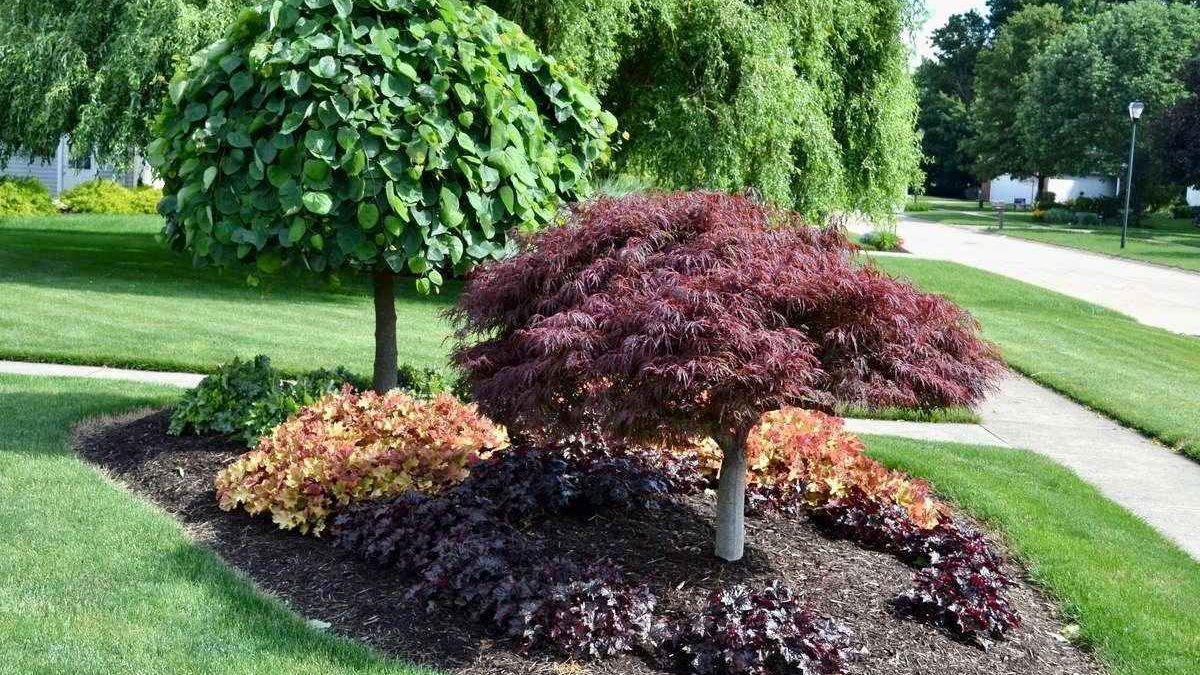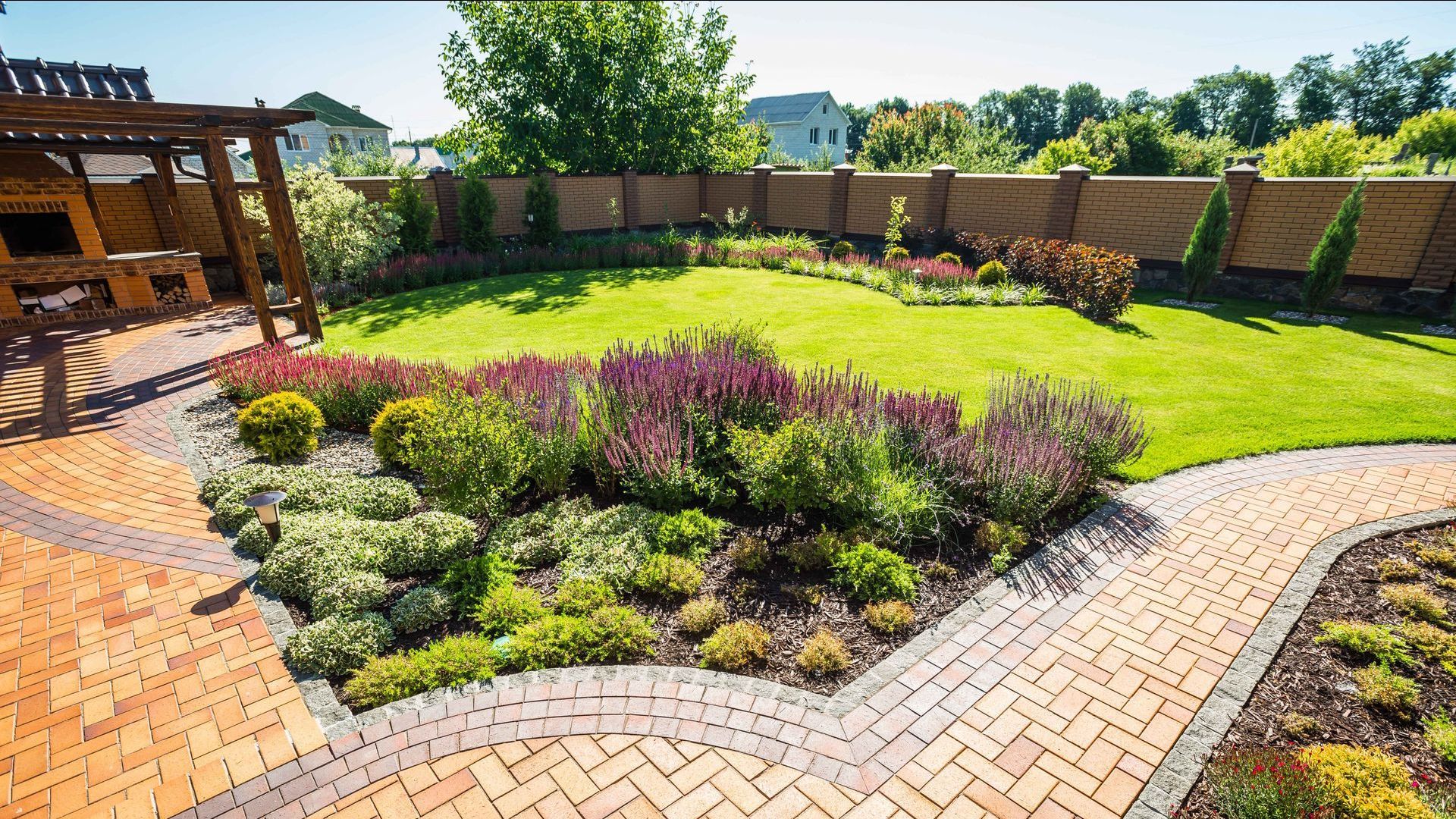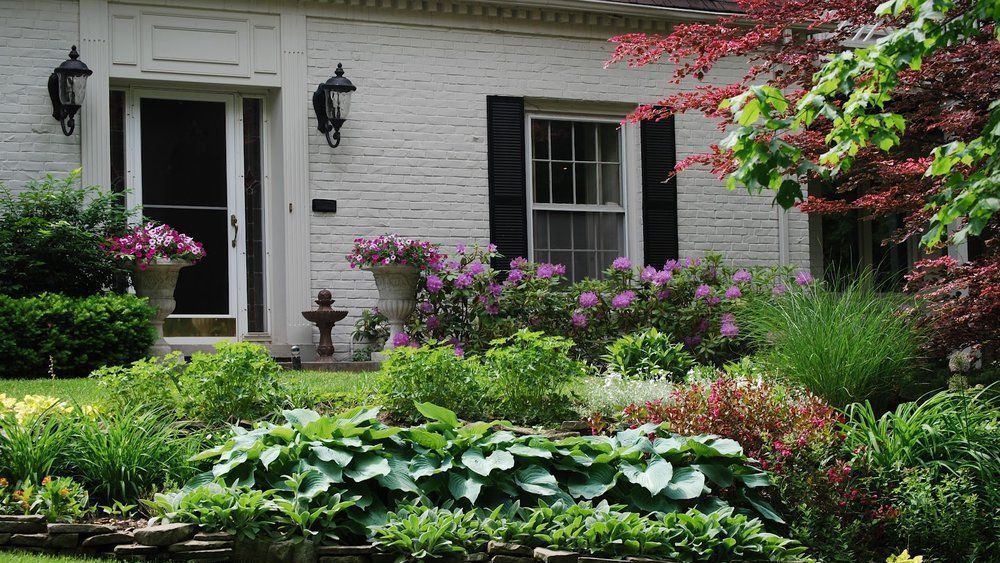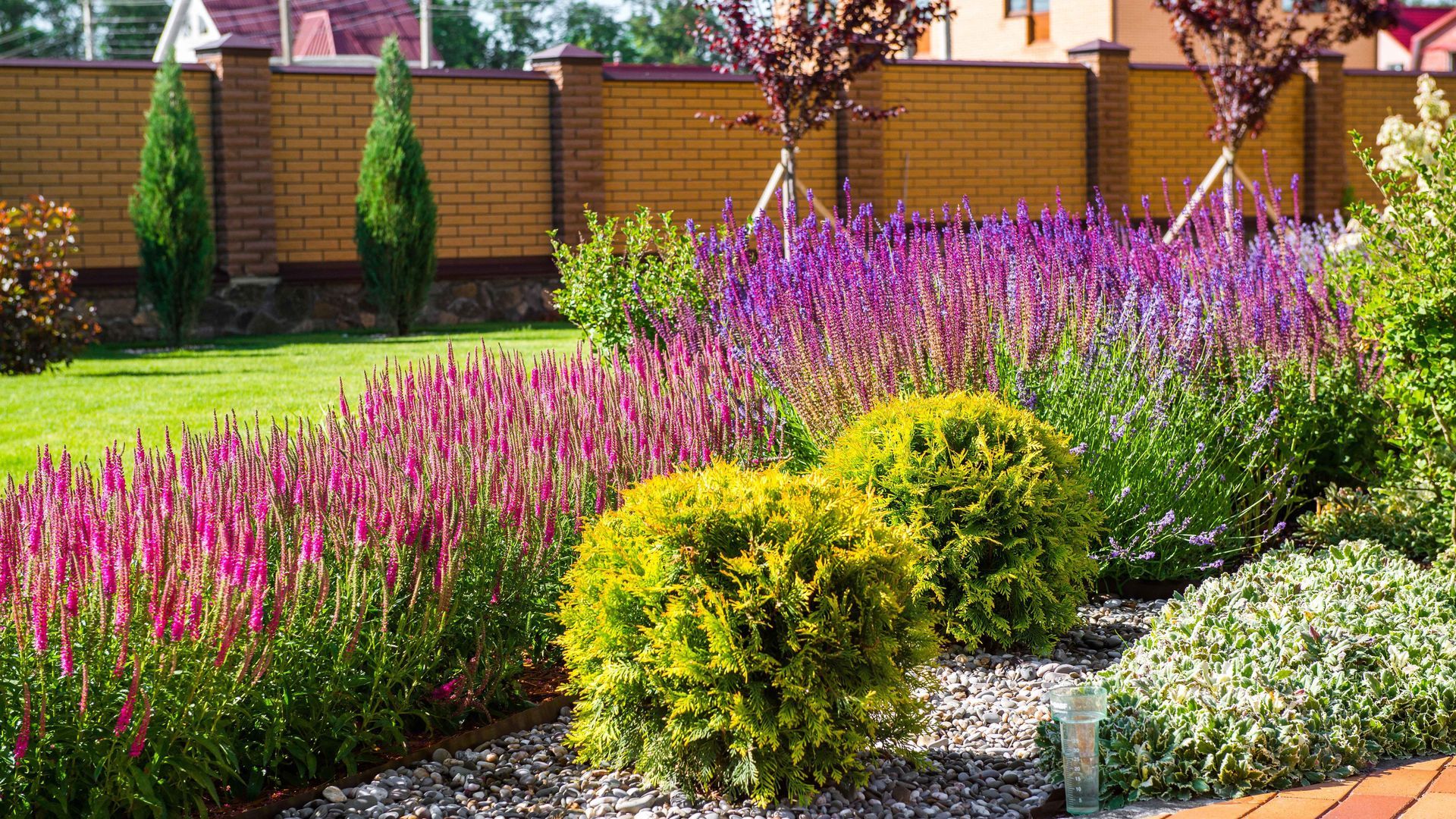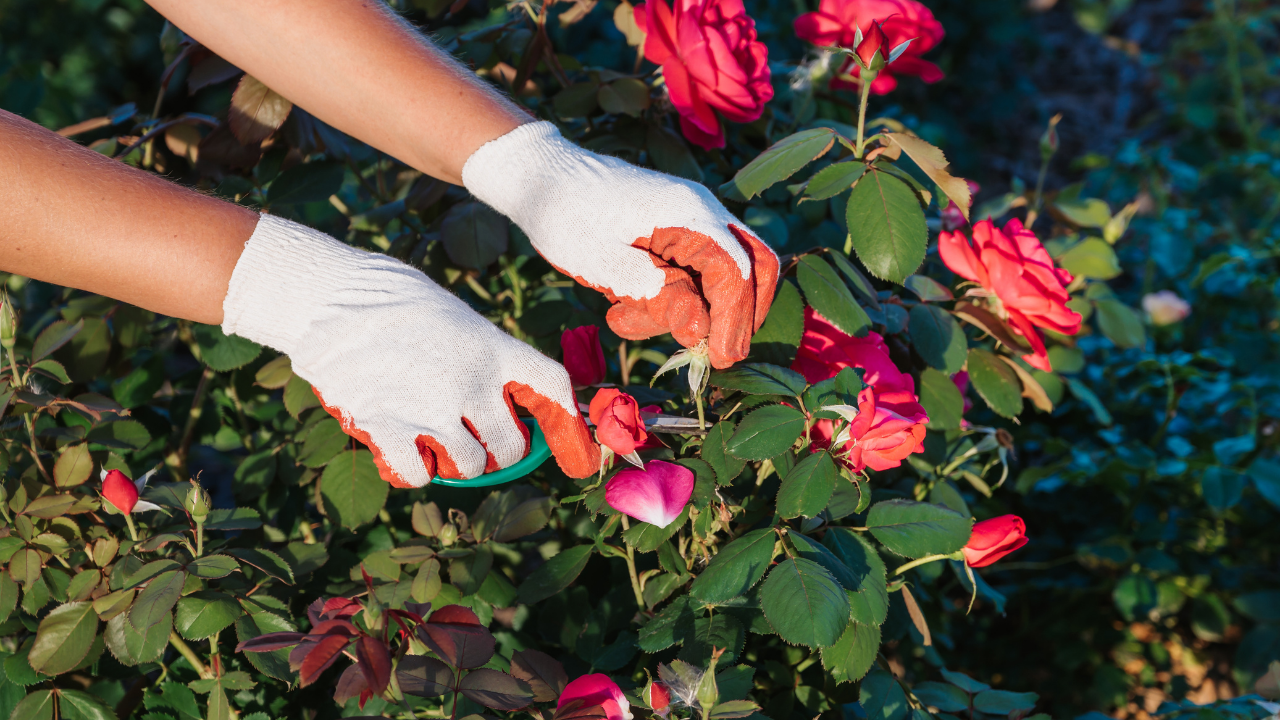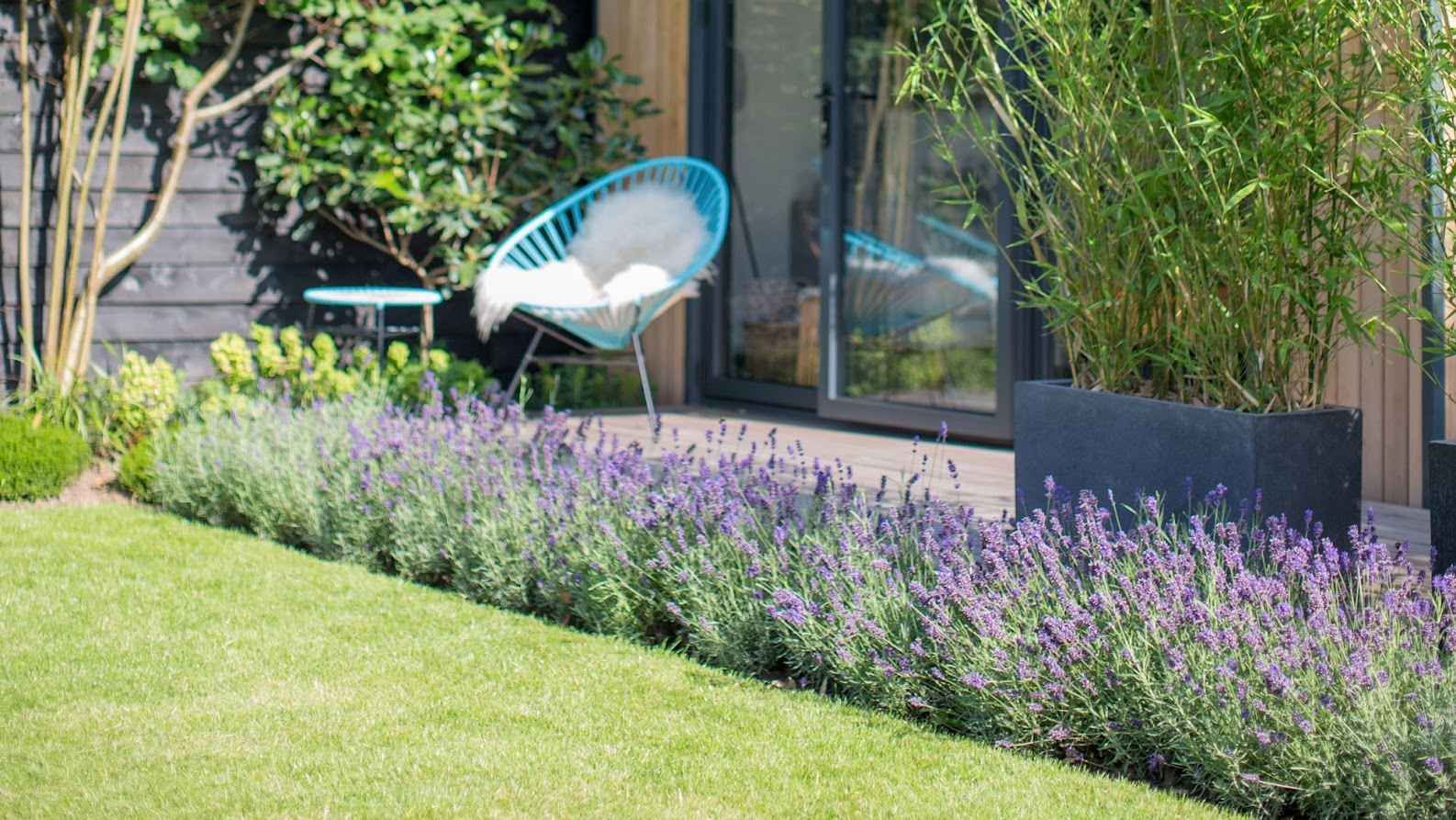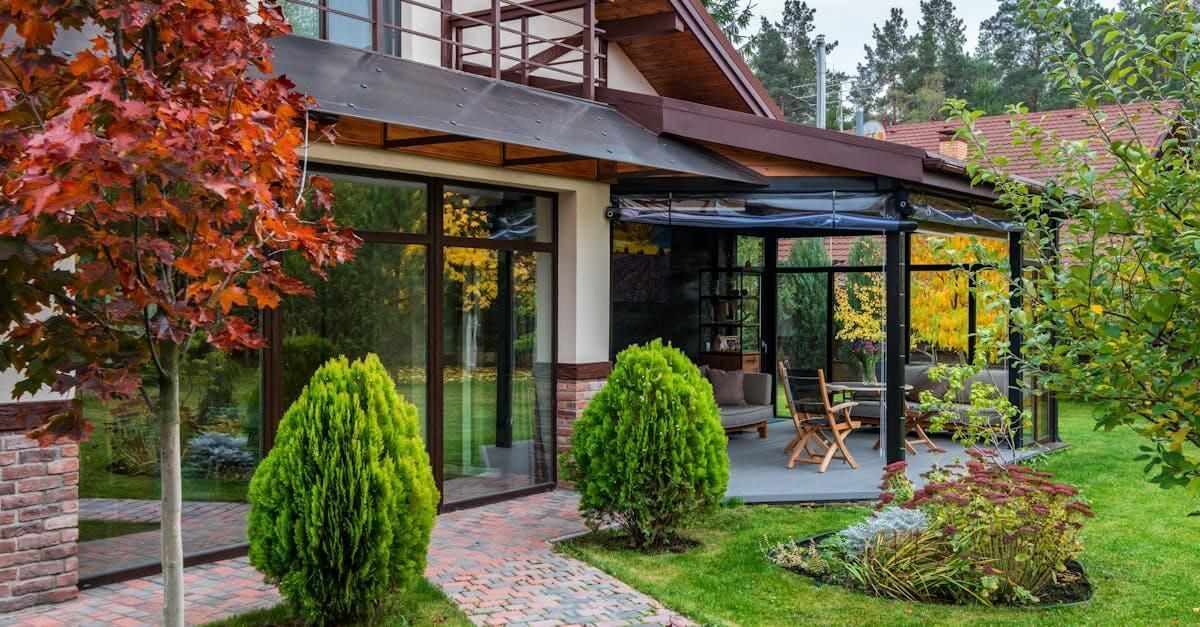
Summer Yard Maintenance Tips to Beat the Heat
Summer is a season of sunshine and outdoor fun, but it can be tough on your landscape. Intense heat and dry conditions often leave plants stressed and gardens looking lackluster.
With the right approach, you can keep your yard thriving even during the hottest months. This guide offers practical summer yard maintenance tips designed for Kentucky homes, ensuring your outdoor space remains lush and vibrant.
Why Summer Yard Maintenance Matters
Hot weather can cause dehydration, wilting, and even permanent damage to your plants and landscape features. Proactive maintenance not only prevents these issues but also enhances the overall health and beauty of your yard.
- 💧 Water Efficiency: Reduce water waste while keeping plants hydrated.
- 🌟 Resilient Landscapes: Prepare your yard to withstand heat stress and drought conditions.
- 🪴 Long-Term Growth: Maintain healthy roots and soil for future seasons.
Essential Summer Yard Maintenance Tips
1. Water Wisely 💧
Watering is critical during summer, but it’s all about timing and technique. Early morning is the best time to water, as it reduces evaporation and allows plants to absorb moisture before the day’s heat.
- Deep Watering: Water less frequently but deeply to encourage strong root growth.
- Drip Irrigation: Install a drip system for targeted watering that minimizes waste.
2. Mulch for Moisture Retention 🌿
Mulch acts as a natural insulator, keeping soil cool and retaining moisture. Apply organic mulch around plants, trees, and shrubs to reduce water evaporation and suppress weeds.
3. Protect Plants from Heat Stress 🌱
High temperatures can cause plants to wilt or burn. Shade-loving plants benefit from temporary shading structures or using taller plants to create natural shade.
- Group Plants: Place heat-sensitive plants near larger, heat-tolerant ones for added protection.
- Shade Cloths: Use breathable fabric to shield plants from excessive sunlight.
4. Maintain Hardscaping Features 🧱
Summer heat can take a toll on patios, pathways, and retaining walls. Inspect hardscaping for cracks or wear, and clean surfaces regularly to prevent discoloration or damage.
Explore hardscaping services for professional maintenance or upgrades.
5. Focus on Seasonal Plants 🌸
Choose plants that thrive in summer heat, such as marigolds, zinnias, and ornamental grasses. Native plants are particularly resilient and require less maintenance.
6. Keep Soil Healthy 🌍
Heat can deplete soil nutrients quickly. Use organic fertilizers or compost to replenish the soil and encourage vigorous plant growth.
7. Stay on Top of Weeds ✂️
Weeds compete with your plants for water and nutrients. Pull them out by hand or use a hoe to remove them while the soil is still damp for easier extraction.
8. Create Outdoor Comfort Zones 🏡
Enhance your yard with shaded seating areas or pergolas. Adding features like misting systems or fans can make outdoor spaces more enjoyable during hot days.
Prevent Common Summer Yard Problems
Here’s how to address some of the most common summer landscaping challenges:
- 🍂 Dry Patches: Ensure even watering coverage and repair irrigation systems if necessary.
- 🌱 Plant Wilting: Check for overwatering or underwatering and adjust accordingly.
- 🪵 Hardscaping Cracks: Seal cracks in stone or concrete surfaces to prevent further damage.
FAQs
- What is the best time of day to water plants during summer?
- Early morning is the ideal time, as it minimizes evaporation and gives plants ample time to absorb water.
- How do I prevent heat stress in my plants?
- Use mulch, group plants strategically, and provide temporary shade with breathable cloths or taller plants.
- How often should I mulch my garden?
- Apply mulch at the beginning of summer and replenish as needed to maintain a consistent 2-3 inch layer.


